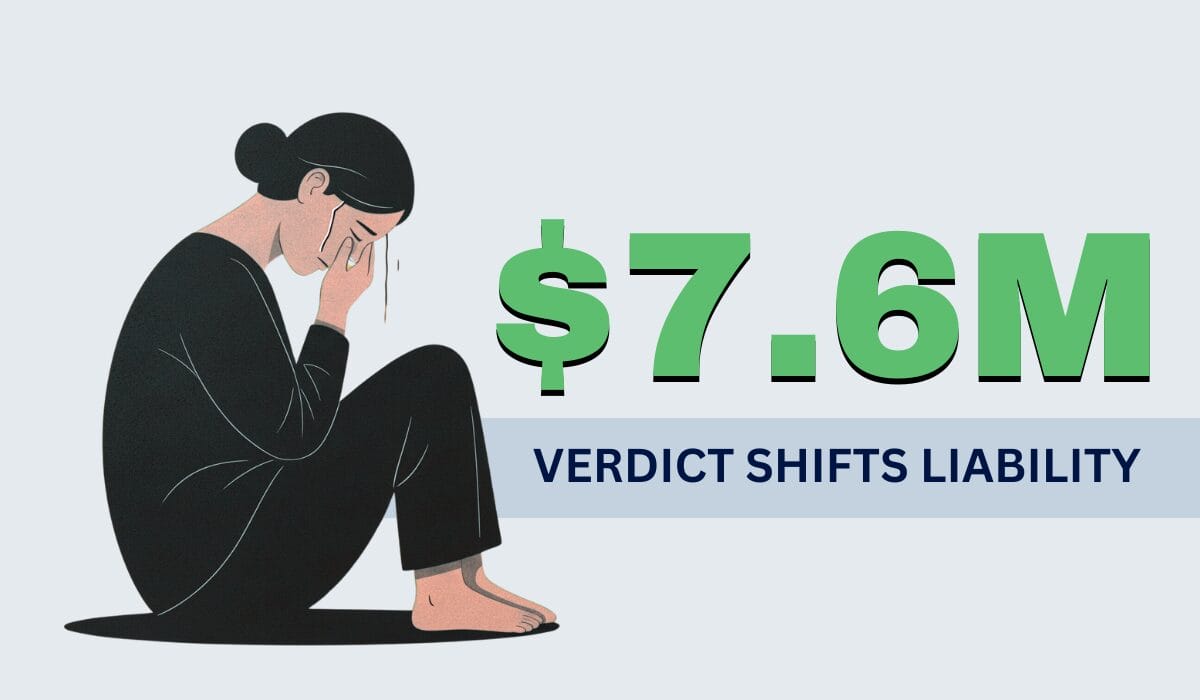A Minnesota jury just handed survivors and their attorneys a powerful new legal pathway. In a landmark case out of Olmsted County, U.S. Fire Insurance was ordered to pay $7.6 million in damages to a survivor of childhood sexual abuse. The abuse occurred in the 1970s under the Diocese of Winona-Rochester, which had already gone through bankruptcy and settled with many victims. But this verdict didn’t target the diocese—it targeted their insurer.
This case represents more than a single victory. It signals that insurance carriers themselves can now be forced to pay, even after diocesan bankruptcies or previous institutional settlements. For legal teams focused on civil justice for survivors, this decision opens an entirely new class of high-value cases.
What Changed?
For decades, insurance companies have successfully avoided paying large sums in clergy abuse cases by arguing that policies didn’t apply or that coverage was voided. Bankruptcy courts often shielded dioceses from further liability, and victims were left with capped payouts or no recourse at all.
This time, a jury disagreed. The plaintiff’s attorneys showed that U.S. Fire had valid exposure under historical coverage terms and that the insurer failed to settle when it could have. The result: a precedent-setting win that reshapes the insurance landscape in abuse litigation.
What It Means for Law Firms
1. A new case universe just emerged
Firms no longer need to focus solely on bankrupt dioceses or institutions with limited assets. Insurers who issued policies decades ago may now be primary targets for recovery.
2. Survivor claims with dismissed or capped settlements may be viable again
Many survivors signed limited agreements in the wake of bankruptcy filings. This ruling suggests that attorneys may be able to bypass institutional limits by going after the insurance carriers directly.
3. Marketing and intake strategies must adapt fast
Campaigns that previously filtered out survivors due to institutional bankruptcy may need to be reactivated. The scope of viable claims is now broader, especially in cases where clear historical abuse was documented but compensation was never fully realized.
4. Insurance accountability aligns with performance marketing economics
From a business standpoint, these cases tend to yield higher margins. When targeting claims with an identified insurer and historical documentation, legal teams can predict recovery potential more accurately. That enables smarter pricing, risk pooling, and aligned growth strategies for ABS and fee-sharing firms.
Blue Sky Legal’s Position
We build and run high-precision acquisition campaigns for institutional sex abuse cases. With this verdict, we’re adjusting our criteria to include new classes of survivors with previously excluded claims. Our team can deliver signed retainers at a targeted price range with custom filters for insurer-linked claims.
If your firm is ready to expand its intake strategy and capitalize on this shift, we can help you move quickly.


